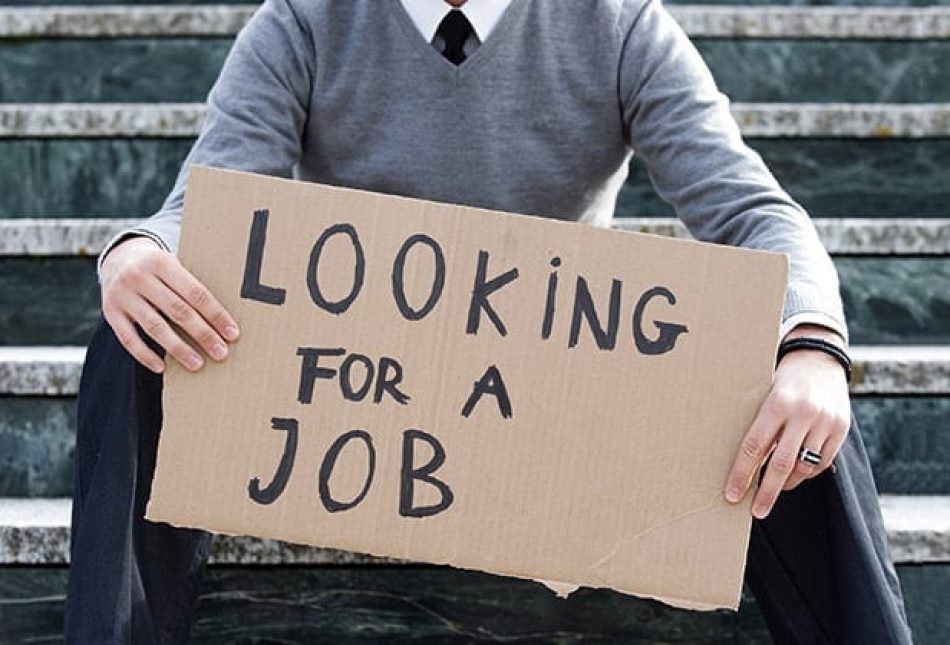Provide Health Care to Poor, not Uninsured

Some 15 percent of all Americans are without any medical insurance, but the uninsured are not left in the streets to bleed from a car crash, nor are they denied a heart surgery if needed. Emergency rooms must treat anyone regardless of ability to pay. Taxpayers and people who are insured subsidize those medical services.
Some, including myself, believe that while the state should leave medical care to the free market, it should worry about the minority of the genuinely poor (and chronically ill, etc.). For others, forcing employers to insure the uninsured is the inauguration of a road toward a government-run health care system a la Canada.
Massachusetts recently made a big splash by enacting a law forcing all its residents to buy health coverage. Gov. Bill Richardson, who is campaigning in the national arena, wants “every New Mexican insured by 2008, 2009.”
Let’s compare New Mexico with Massachusetts and see if, instead of mimicking Gov. Mitt Romney’s plan, we can do better by modifying New Mexico’s new health initiatives. But first note: According to the Statistical Abstract of the United States, in 2003 average personal income per capita in New Mexico was fourth from the bottom with $24,995; Massachusetts was fourth from the top with $39,504.
According to the U.S. Census Bureau (average 2002-2004) New Mexico was the state with the second highest rate for uninsured residents, 21.8 percent. Massachusetts with 11.2 percent uninsured was the 13th from the bottom.
In April, Romney grabbed national headlines when he persuaded the Massachusetts legislature to pass a universal-health plan characterized as “market friendly.” It isn’t, nor is it fiscally wise. It penalizes employers to the tune of $295 per year per uninsured employee— a crude interference in the marketplace; it offers the needy state-subsidized health insurance policy with a zero deductible that insulates the insured from the true cost of medical care and, consequently, it costs taxpayers a fortune.
So, can poor New Mexico, with one of the highest rates of uninsured, do better than rich Massachusetts with a relatively low rate of uninsured?
Medicaid in New Mexico, with a budget of $2.59 billion (about 72 percent federal) in state fiscal year 2006, is very generous to poor children, including medically fragile children, the disabled, the aged who require institutional care and a variety of other needy persons, such as the blind.
New Mexico is currently in the process of implementing the State Coverage Insurance (SCI) plan, which involves businesses that employ 50 or fewer: The employer pays $75 per month per employee. The employee pays $0-$35 per month along a sliding scale. The state and federal government through Medicaid cover the remainder, estimated at $260 per month.
SCI is offered only to adults 19 through 64 years of age, who earn no more than 200 percent of the federal poverty guidelines. As an illustration, 200 percent of the poverty level for a single mother with two children is currently $33,204 per annum.
The SCI’s paramount advantage over the Massachusetts plan is that it is not mandatory: An employer can take it or leave it without paying any penalty. But it is flawed as follows:
- It targets only a subgroup of needy employees who happened to work for small companies.
- SCI fails to accept the premise that in a competitive labor markets, particularly where small employers are present, there is a dollar-for-dollar trade-off between wages and health benefits. A genuinely poor employee who pays no income taxes would hate to trade off $75 per month of reduced wages for health insurance knowing that he can gain admittance to hospitals through emergency rooms.
- SCI offers the poor employee insurance with a $0, $5 or $7 co-payment, depending on income, for a physician/provider office visit. But the SCI has no deductibles. Even the needy should not be completely insulated from health-care costs in the real world. Moreover, the lack of deductibles results in a huge monthly premium of $355 ($20 75 260), or $4,260 per adult per annum.
Gov. Richardson wants to outdo Gov. Romney. But, to innovate and do better than Massachusetts, New Mexico should target all genuinely poor adults with income less than 200 percent of the poverty level, instead of focusing on small employers and raising the poverty threshold to a fiscally irresponsible level of 300 percent of the poverty level.
The requirement that employers pay $75 per month per employee should be rescinded. The no-deductible policy is bad. The health care policy for the poor should offer a deductible that increases with income along a sliding scale.
The state should leave small employers alone: They are neither poor nor little children and they can figure out for themselves how to band together to form insurance pools.
Finally, those who argue that the cost of expanding medical care to the uninsured non-poor balances out the cost of funding uncompensated care for providers are wrong: “Free care” is negligible for the uninsured with incomes greater than 200 percent of the poverty level.
The Land of Enchantment can do better than the Bay State by focusing on the genuinely poor, not the uninsured.
Micha Gisser is professor emeritus of economics and senior fellow at the Rio Grande Foundation, a research and educational organization dedicated to promoting prosperity for New Mexico based on principles of limited government, economic freedom and individual responsibility.
